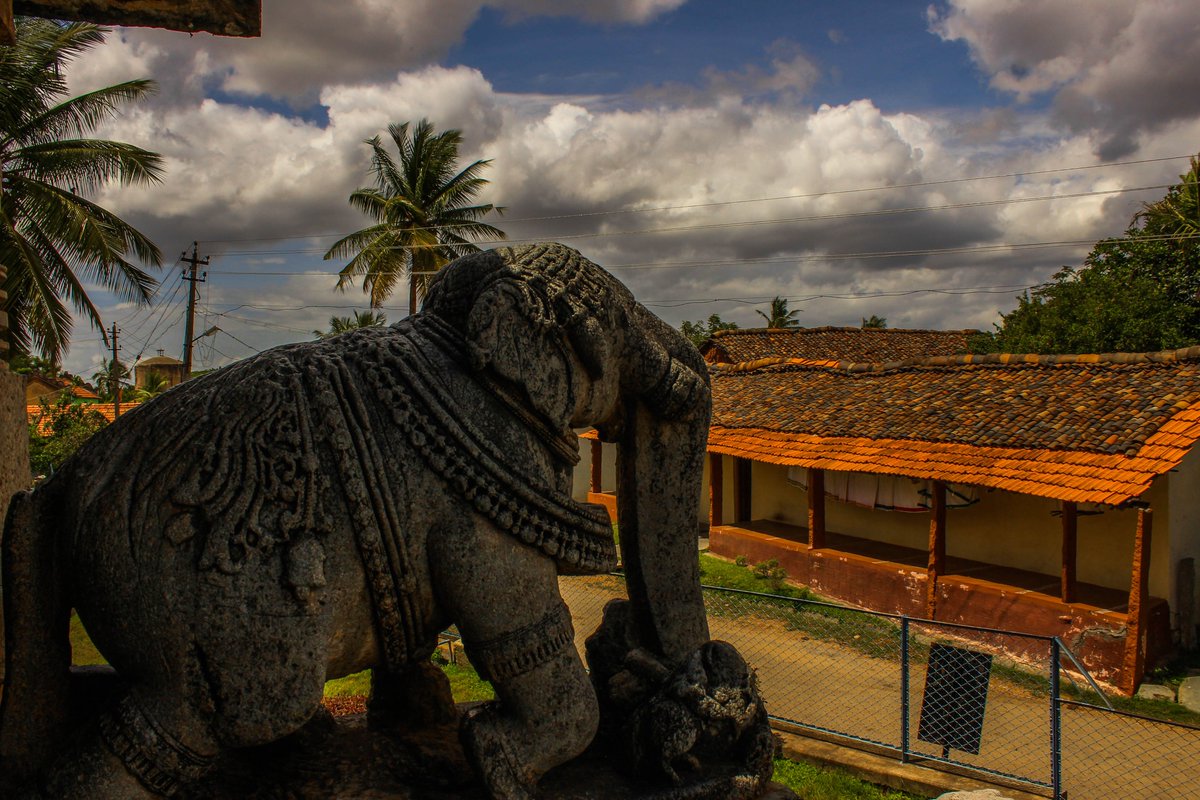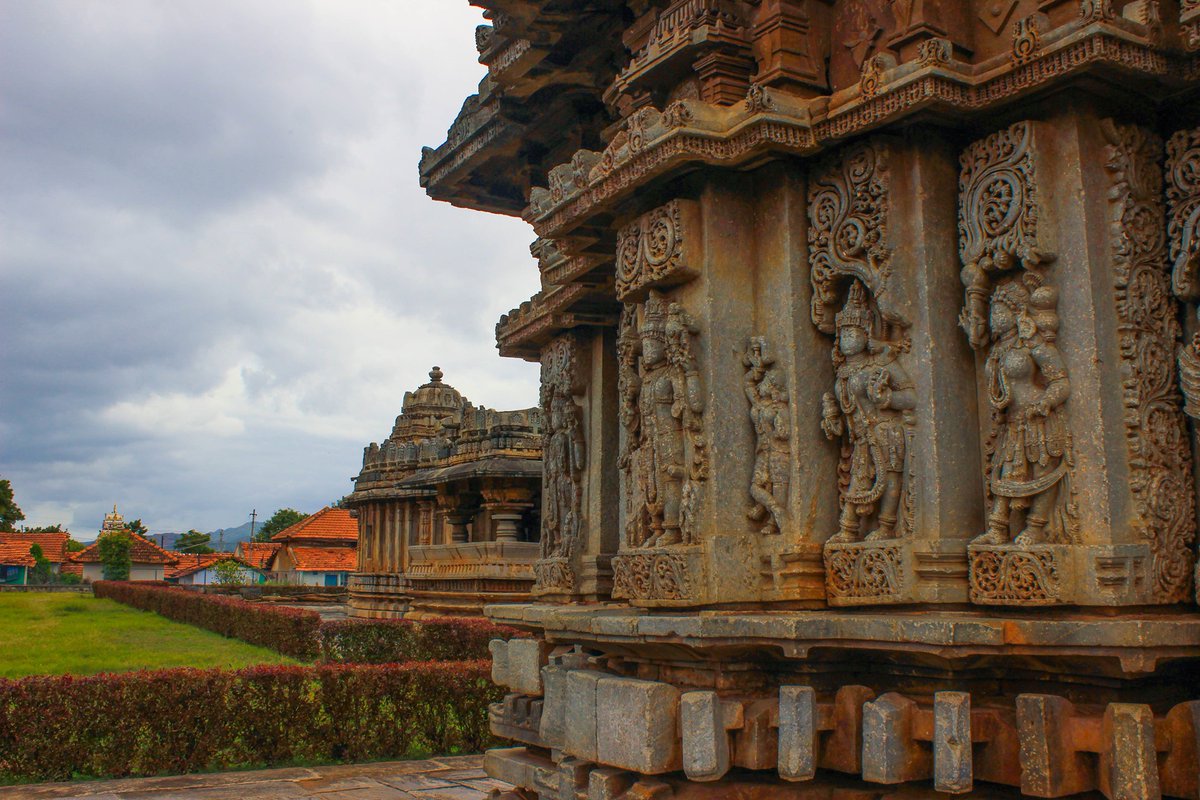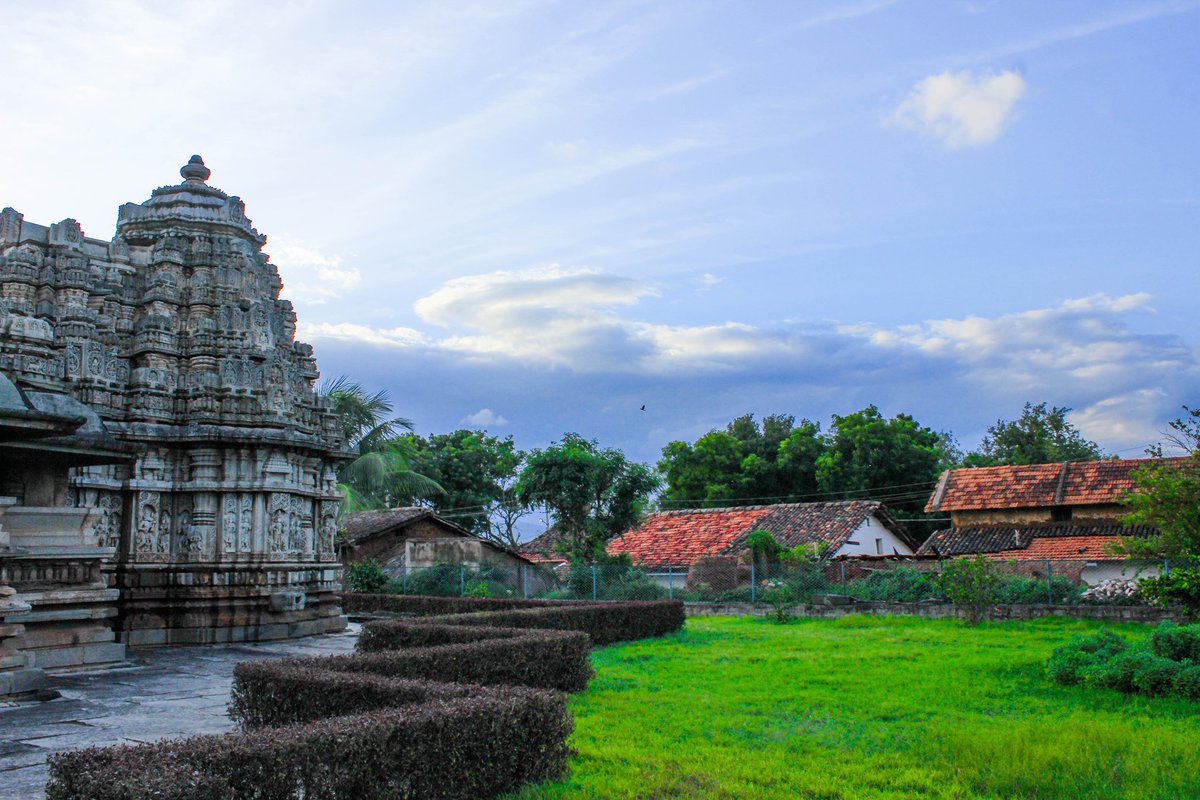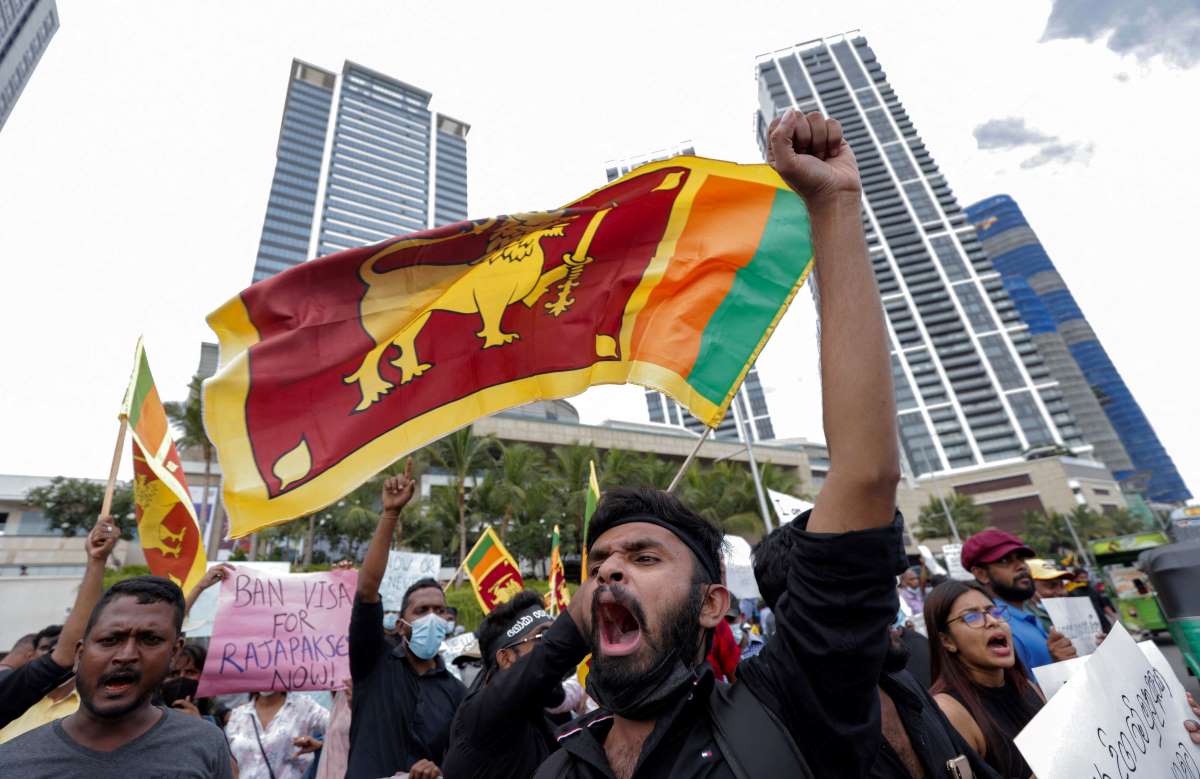
1. Ṣri Veer Nārāyana Temple, Belāvādī, Karnātakā
One of the most exquisite of the Hoysala trikutas, this temple is a gem and one of a kind. It is a detached trikuta, with the main garbha-griha separated by three corridors from the other two.
#Hindutemple
One of the most exquisite of the Hoysala trikutas, this temple is a gem and one of a kind. It is a detached trikuta, with the main garbha-griha separated by three corridors from the other two.
#Hindutemple

2. It is blessed with this outer gopuram which is a unique offering in a Hoysala temple like this. It now houses the broken vigrahās. 

3. The elephants outside the outer gopuram reminds one of the earlier Madhukeshwara temple at Banavasi. Right in front is the house of the pradhāna arćaka of the temple. Their family is here for at least 400 years. 

4. The left shrine housing Ṣri Venūgopāla, considered to be the most exquisite of all vigrahās of Venūgopāla. The ṣikhara of this shrine is mostly Drāvida with some Vesara additions. 

5. Side view of the quiet almost idyllic hamlet around the temple with the view of the right vimāna housing Ṣri Narasimhā. This shikhara is completely Vesara. Modern construction is prohibited near the temple. 

6. The most famous feature is this 108 pillared mandapa which is the biggest of all Hoysala temples and is the most open and exquisite. Every pillar is a marvel. 

7. The janghā of the temple sports various avatāras of Viṣnū and the Ćaturviṃṣatī Viṣnū along with many other episodes of the Purānās. 

8. Narasimhā is the recurring deity to grace its walls. It is a temple unlike any other. Do visit.
#Hoysalatemples
#Hoysalaarchitecture
#Hoysalatemples
#Hoysalaarchitecture

10. The pradhāna arćaka of the temple, Ṣri Prashant Bharadwaj in the temple. He is a good friend and through his good will I have learnt so much about the temples.
@PB_Belavadi
@PB_Belavadi

• • •
Missing some Tweet in this thread? You can try to
force a refresh












